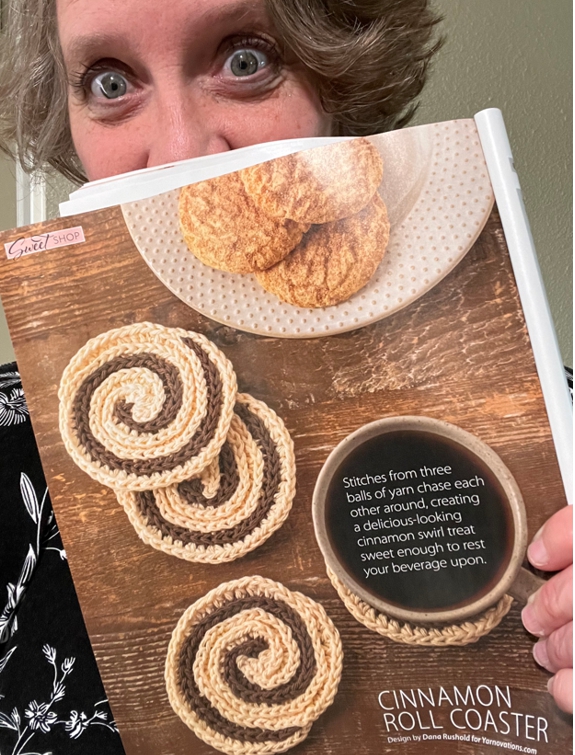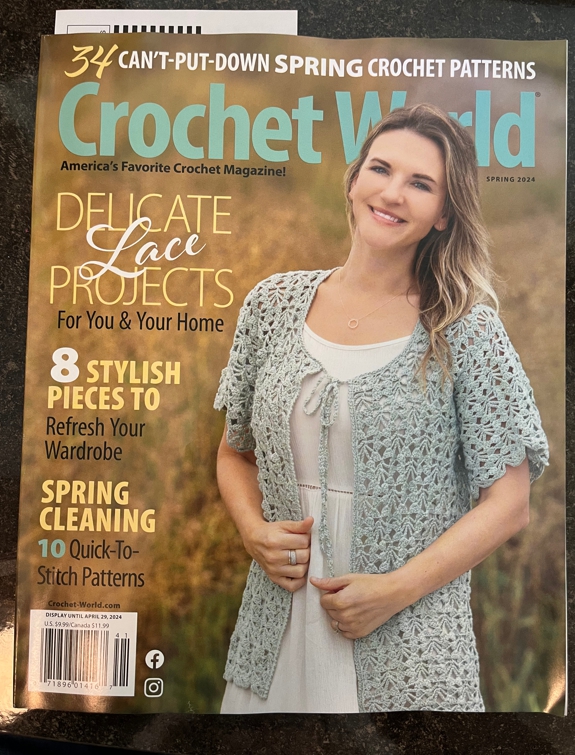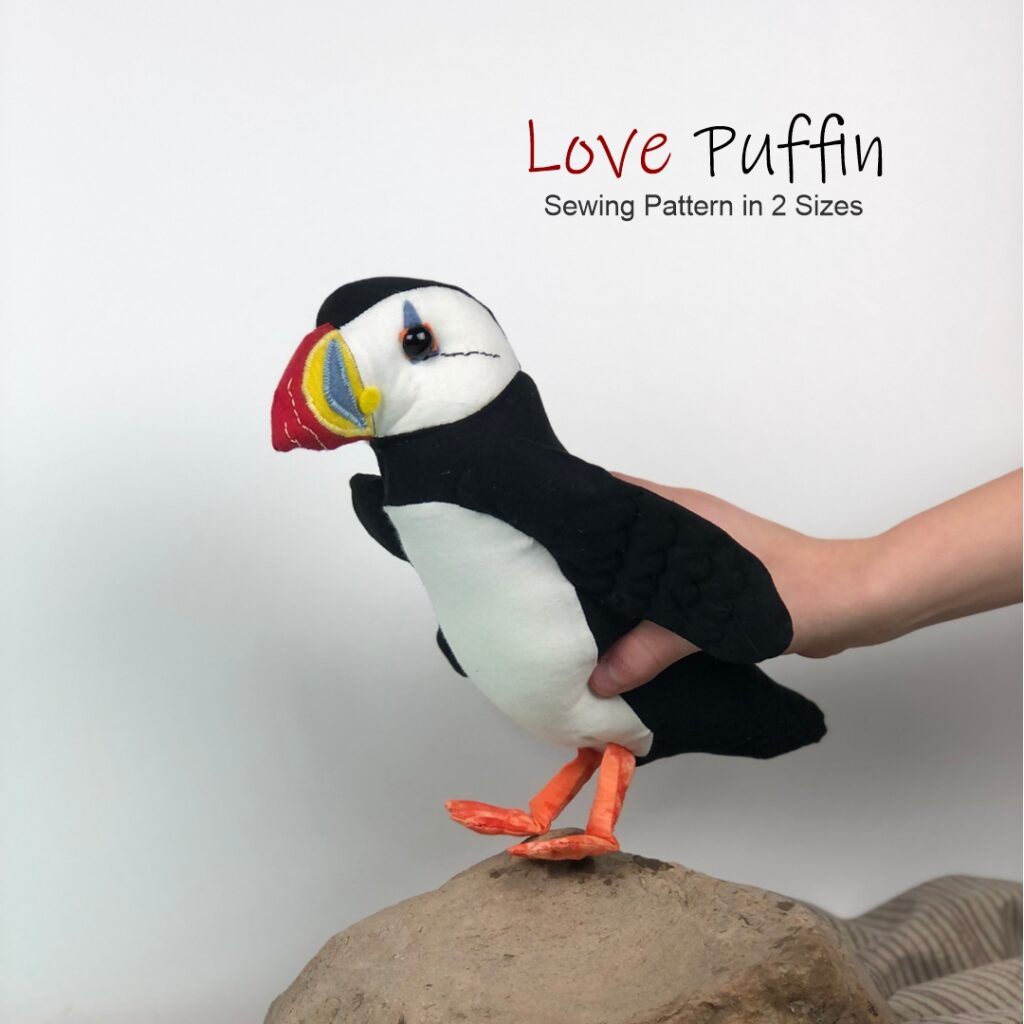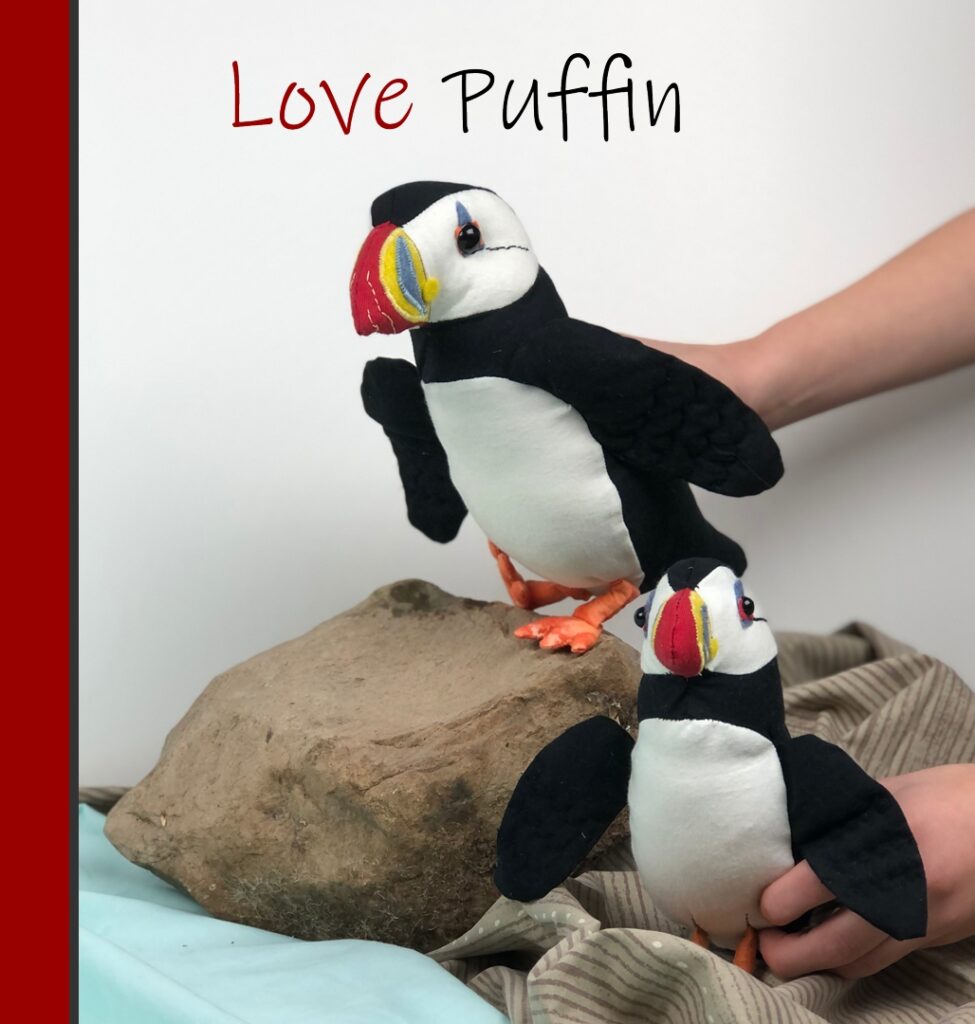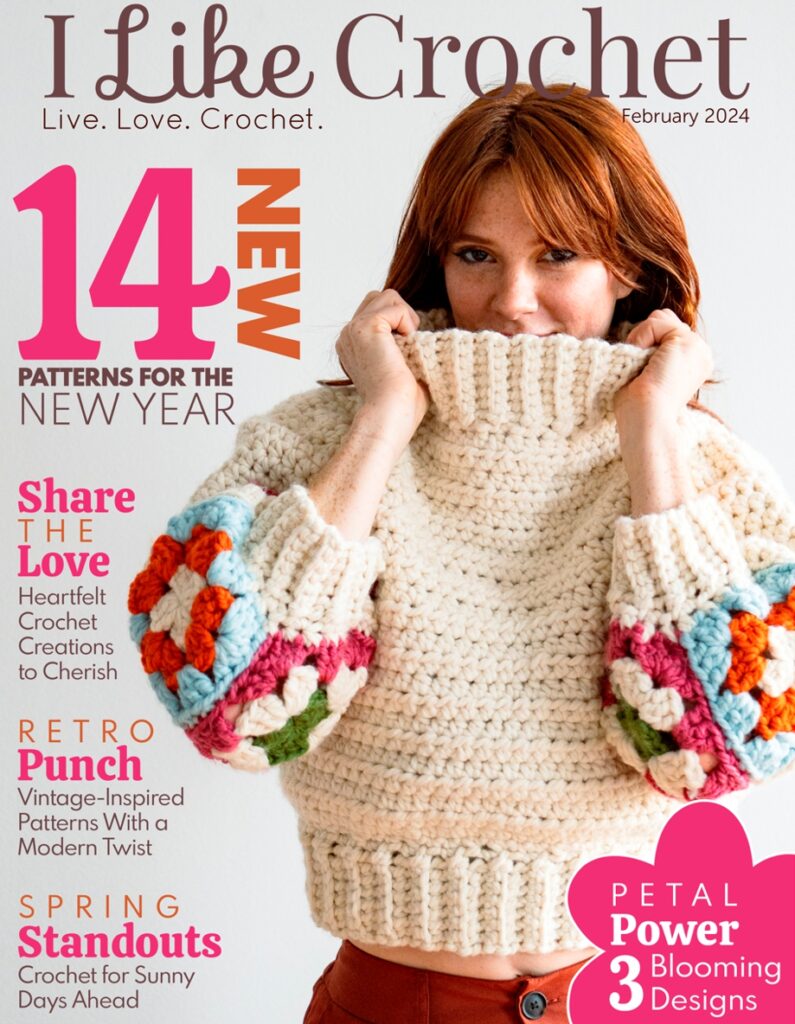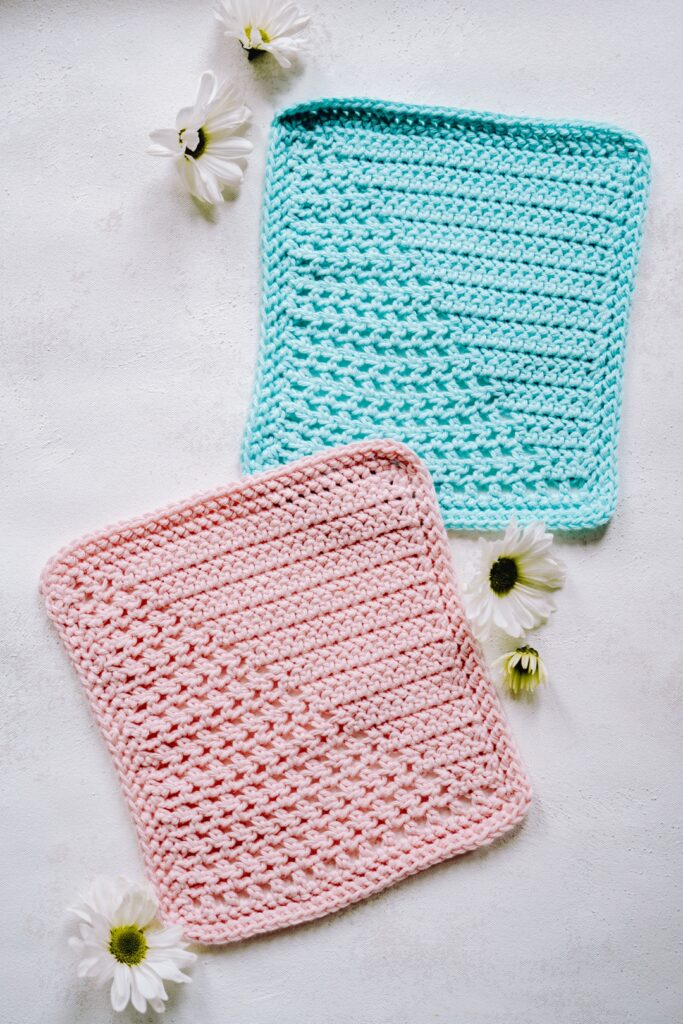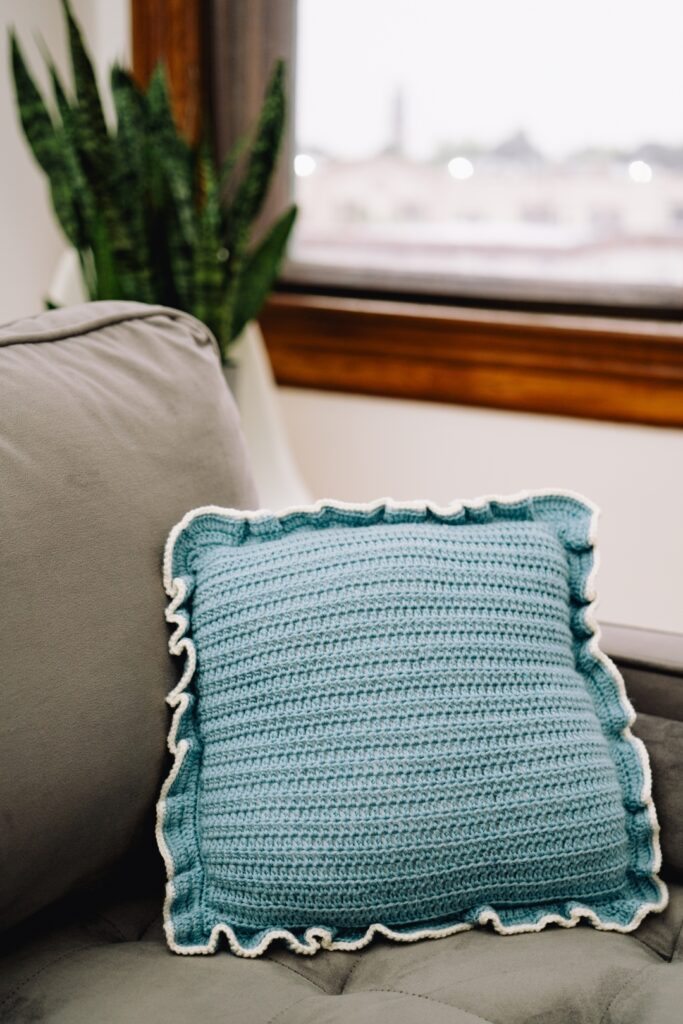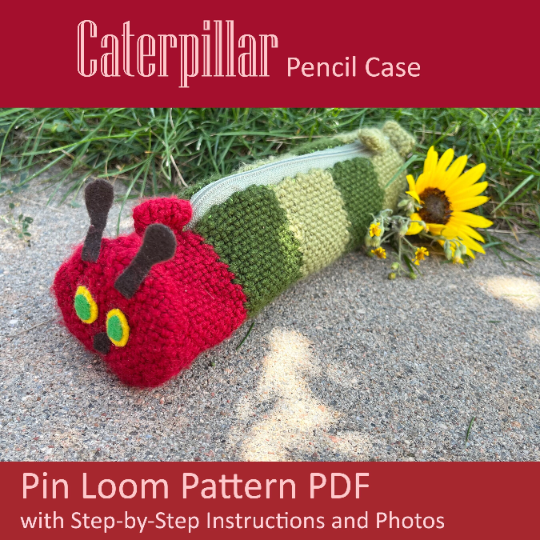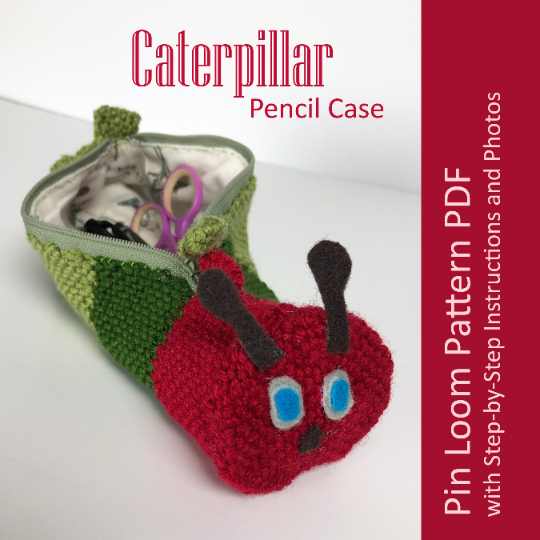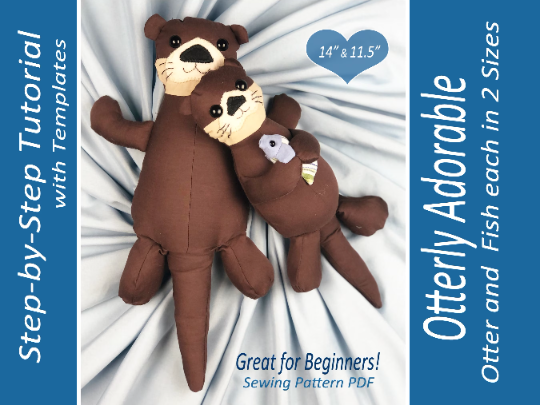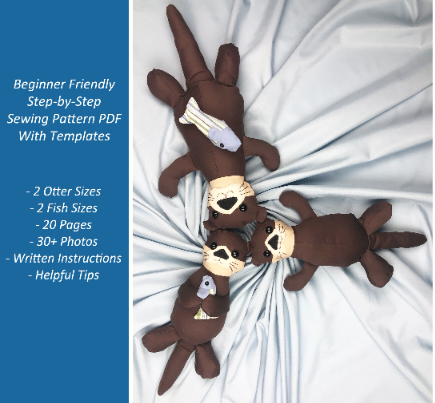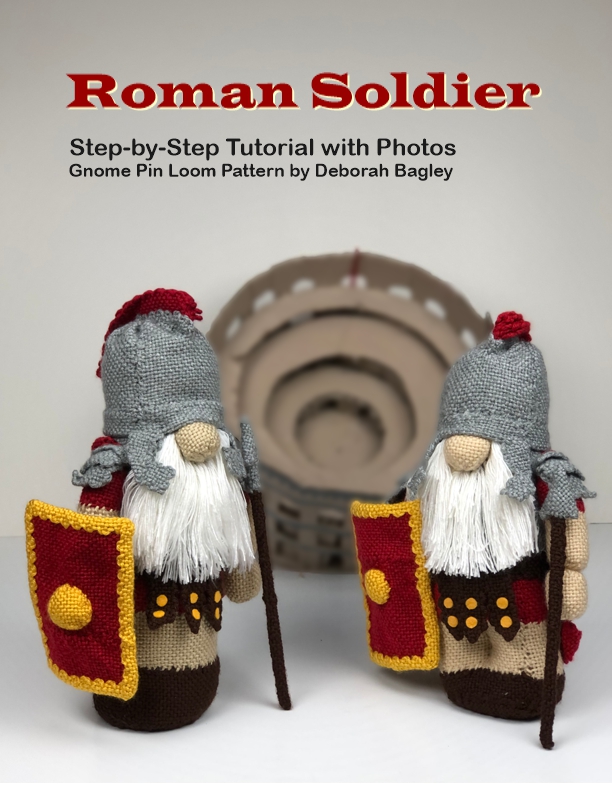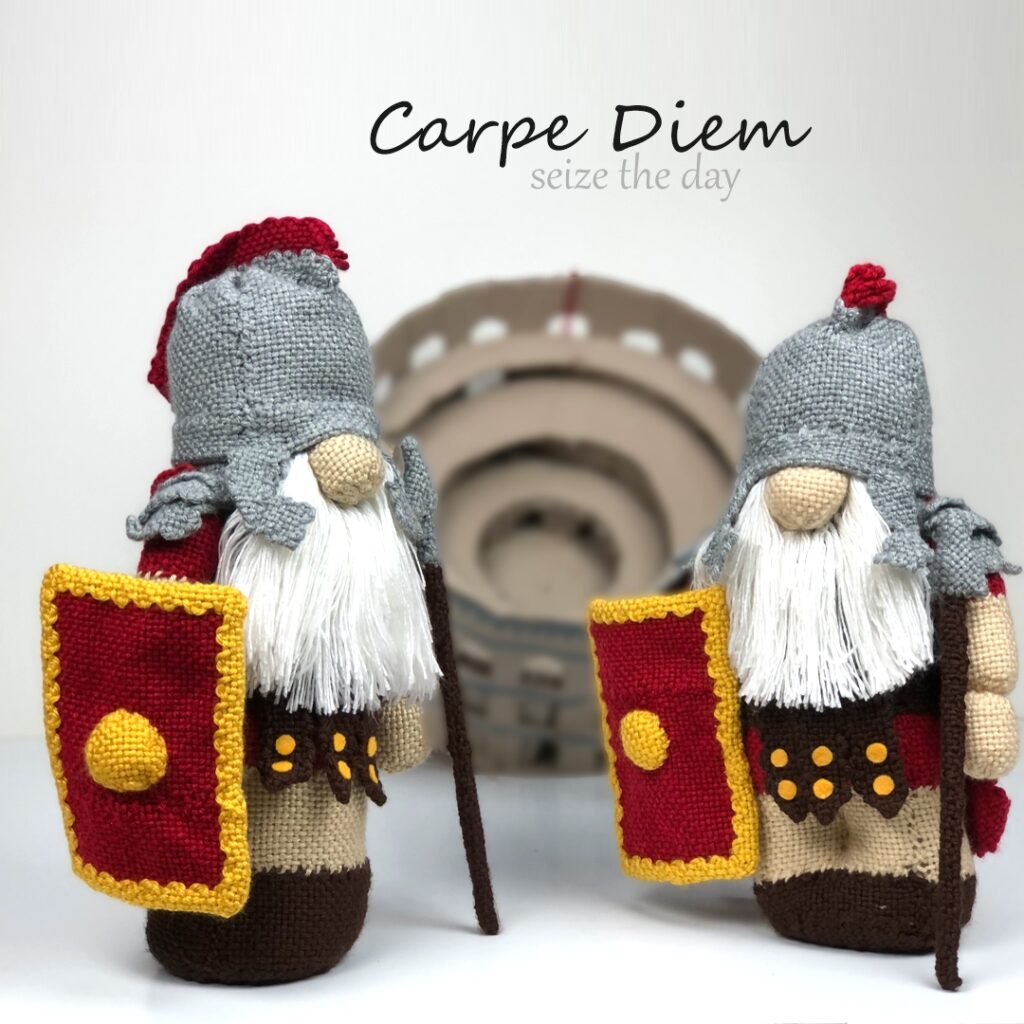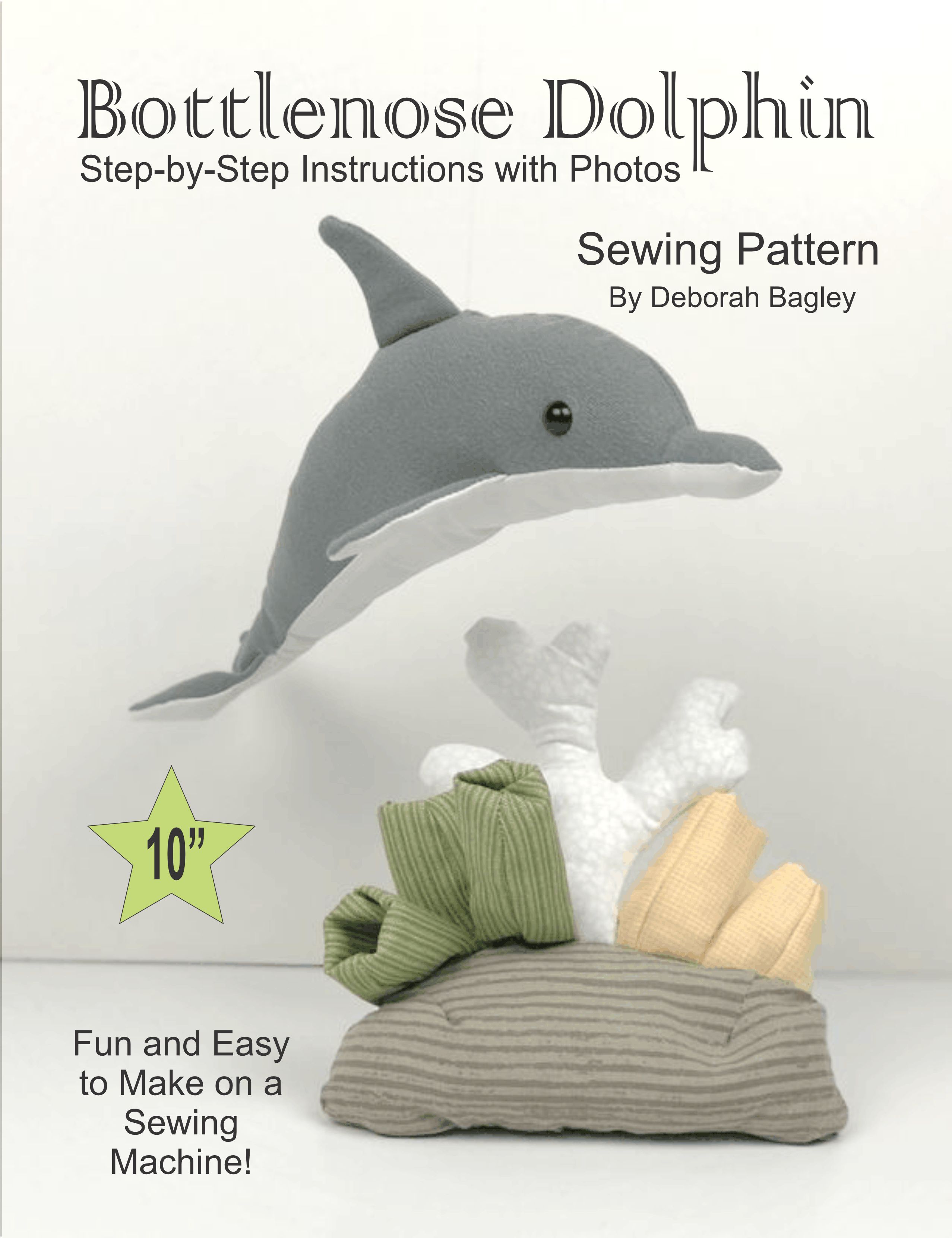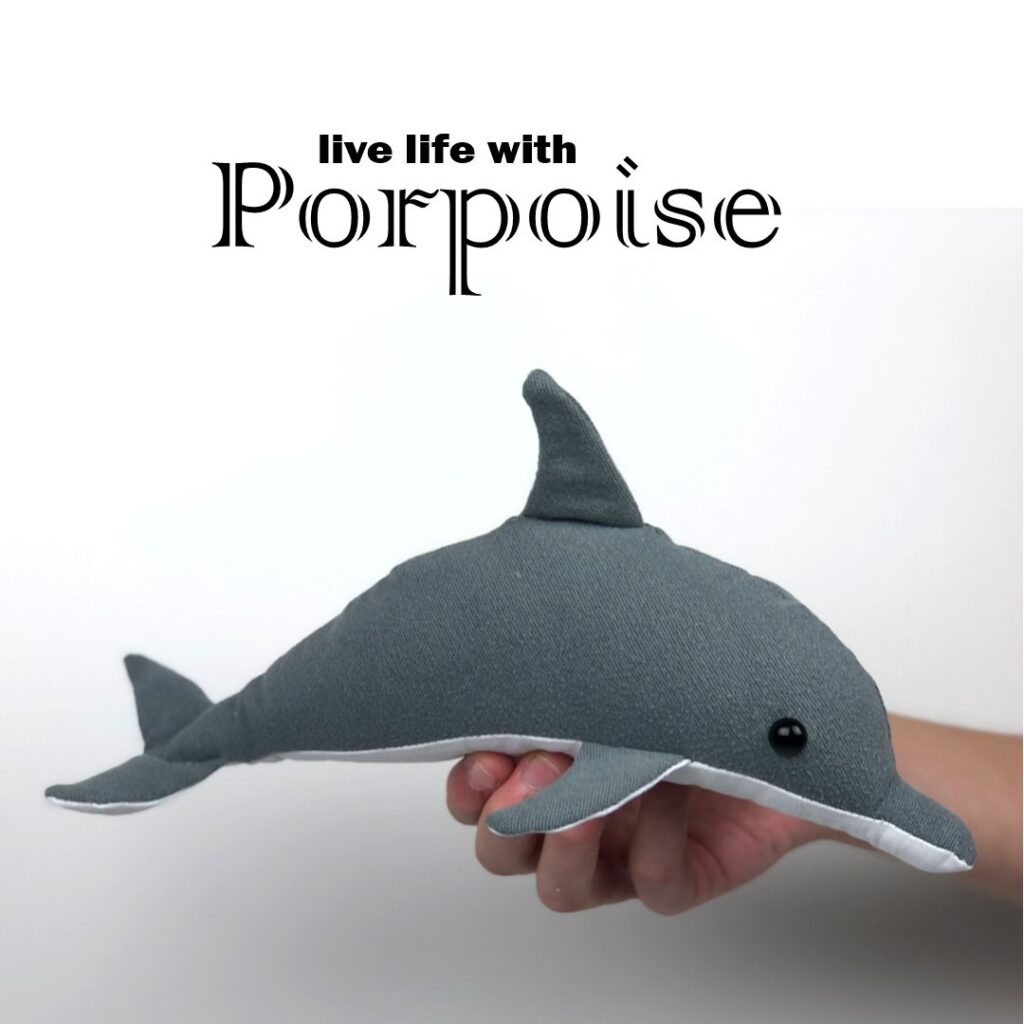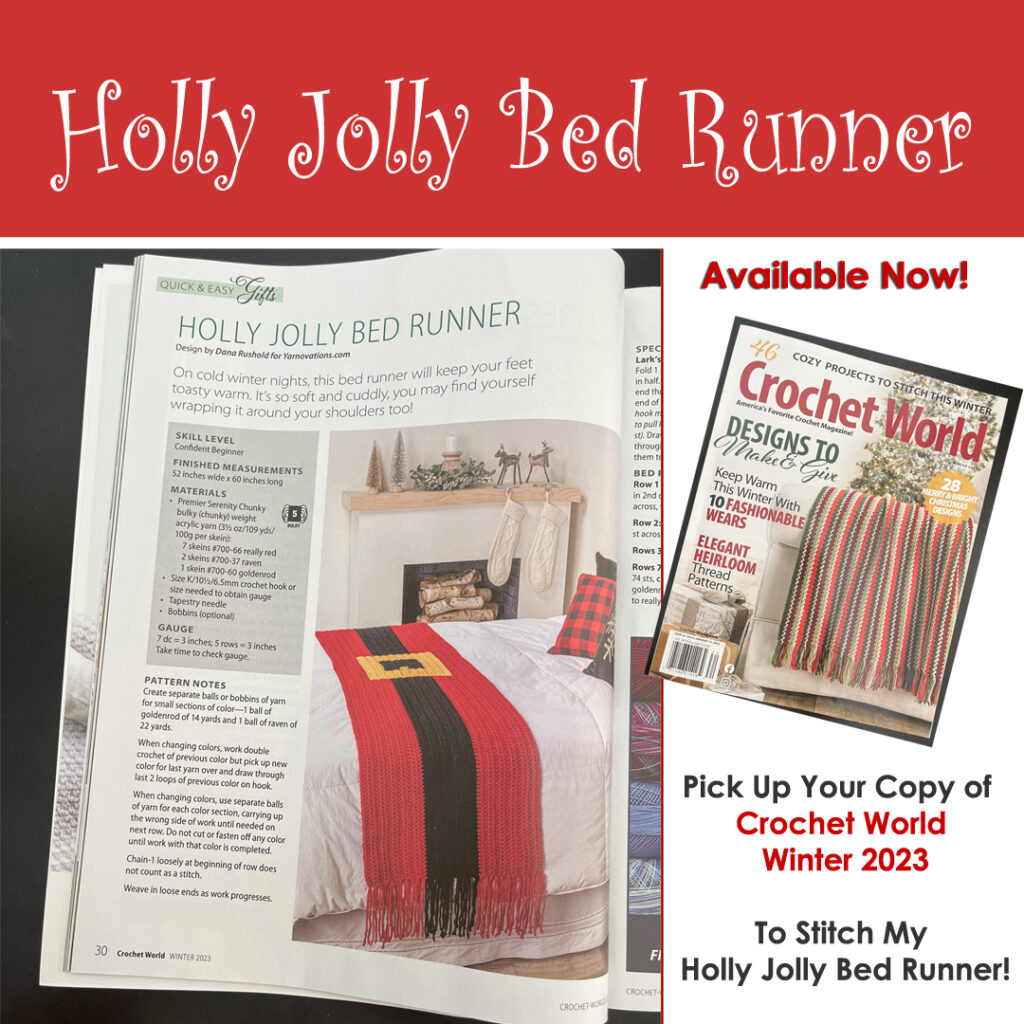We have two designs in the April 2024 issue of We Like Sewing. How fun is that?!
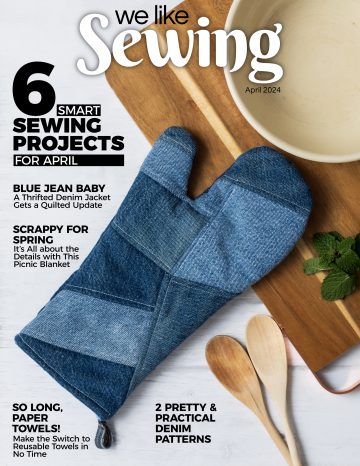
We have worked with sister magazines I Like Knitting and I Like Crochet. This is our first time with patterns in We Like Sewing, a monthly digital magazine.
Odds and Ends Organizational Denim Basket
First up is a denim basket Deborah made from old jeans. She created the most adorable flower from denim, too. It’s called the Odds and Ends Organizational Denim Basket. I have one of Deborah’s baskets…and I love it!
This basket pattern measures 10 1/4″ x 6″ x 6 1/2″. It features a denim flower and leather handles.
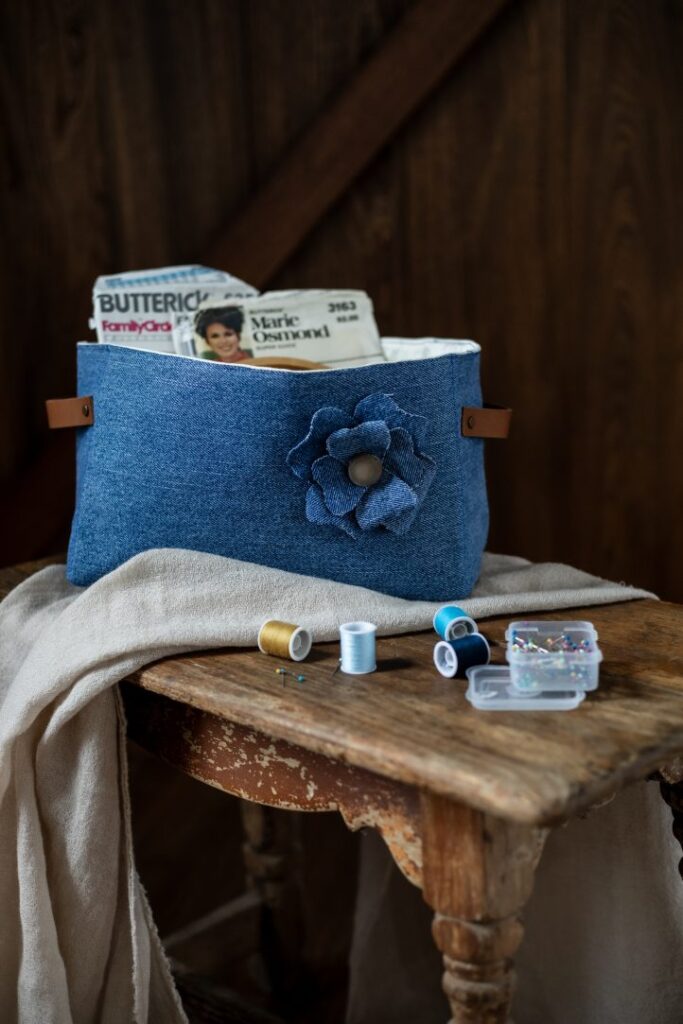
Paisley Upcycled Paperless Towels
The second pattern we have in the April issue is Paisley Upcycled Paperless Towels.
Not only is this a pattern for making reusable towels, it’s an article on how to ditch traditional paper towels in favor of cloth towels. I, Dana, had lots of questions when I decided to make the switch and I’ll answer them all in the article. Questions like:
- What size should the paperless towel be?
- What fabric is the most absorbant?
- What thread should you use?
- How can you use paperless towels.
- and more.
This particular paperless towel is 10″ square.
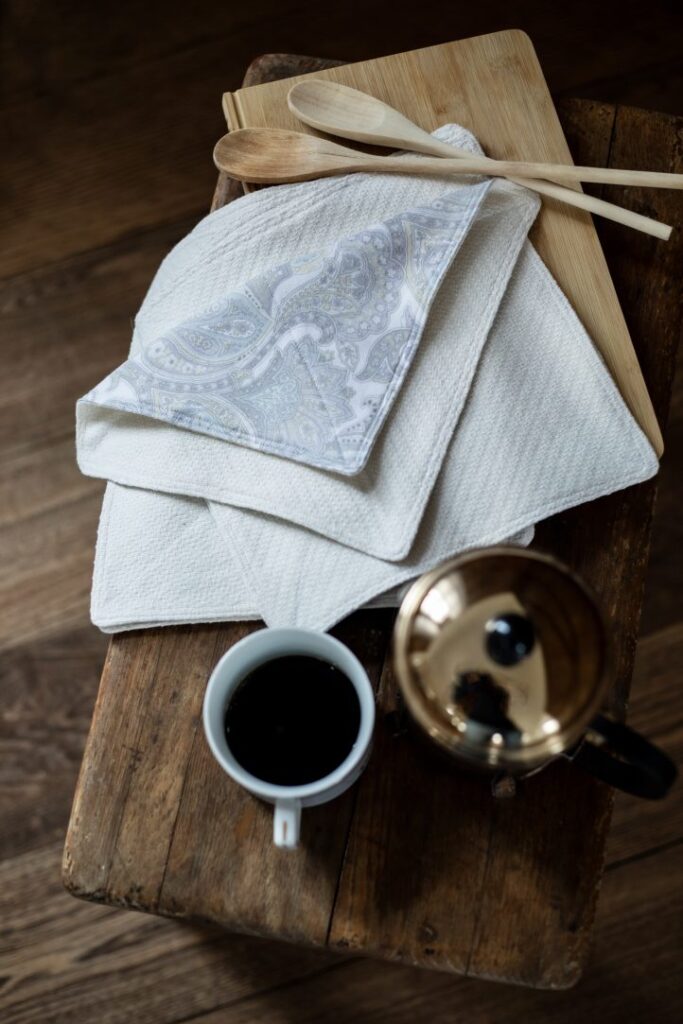
Get the patterns in the April 2024 issue of We Like Sewing.




